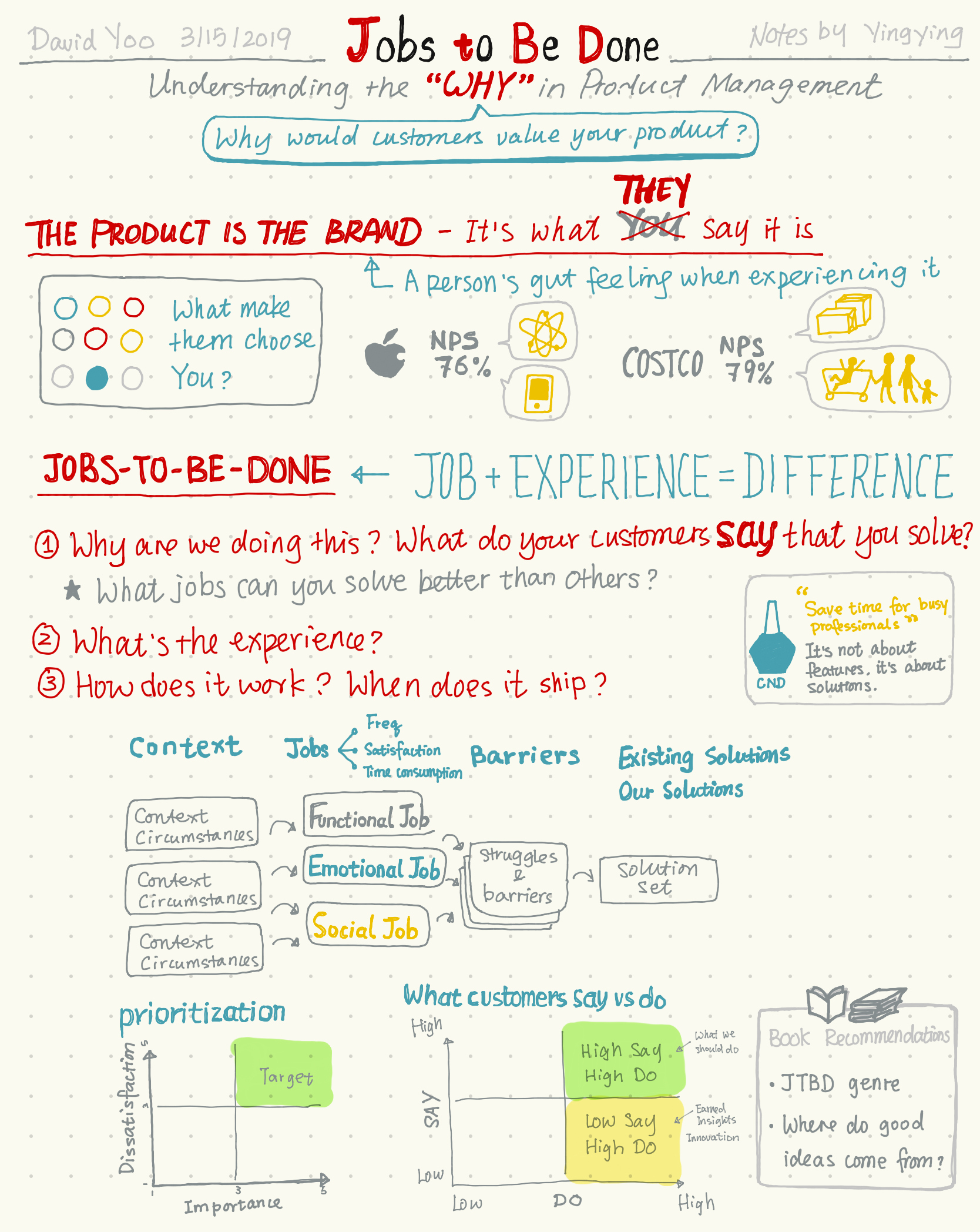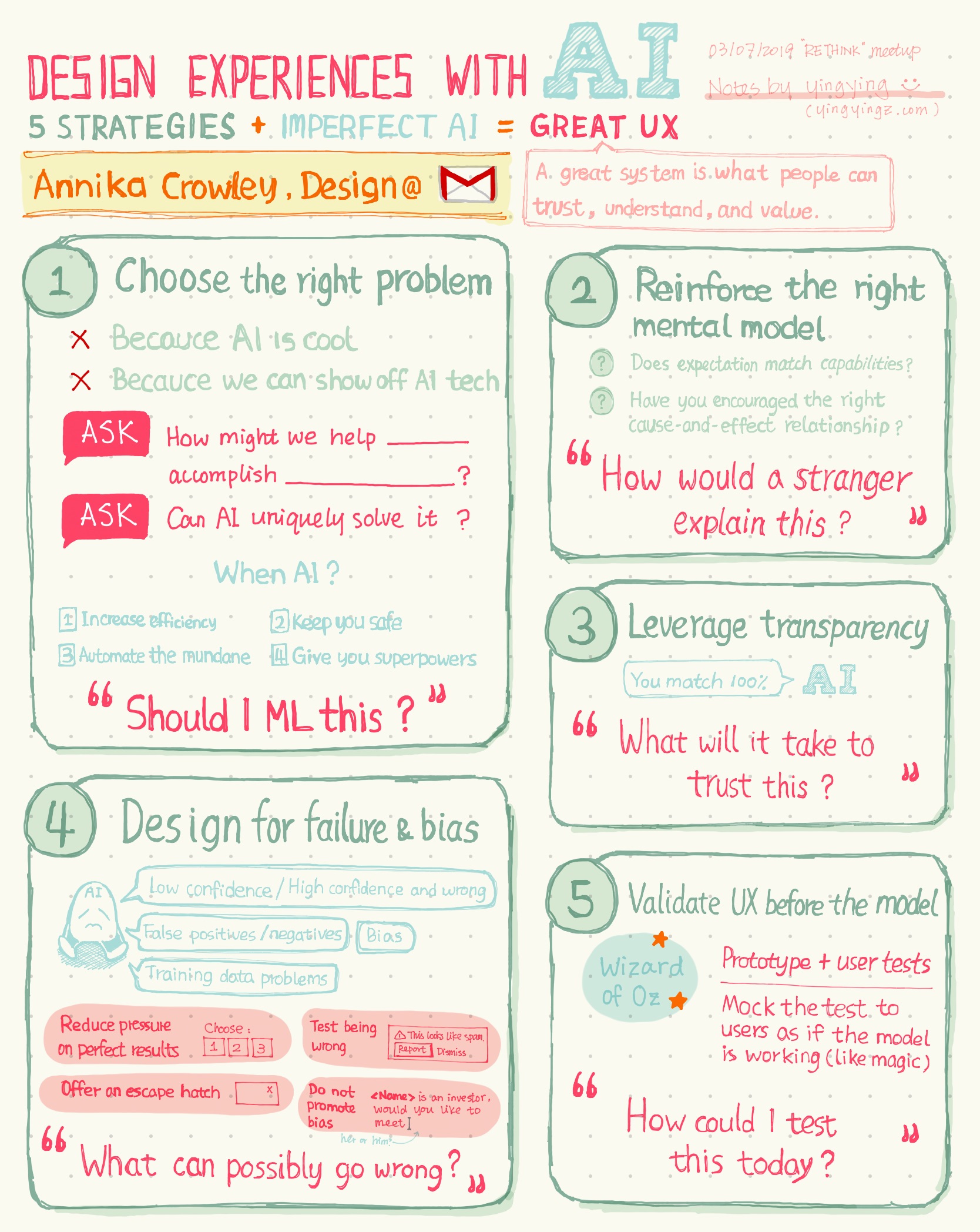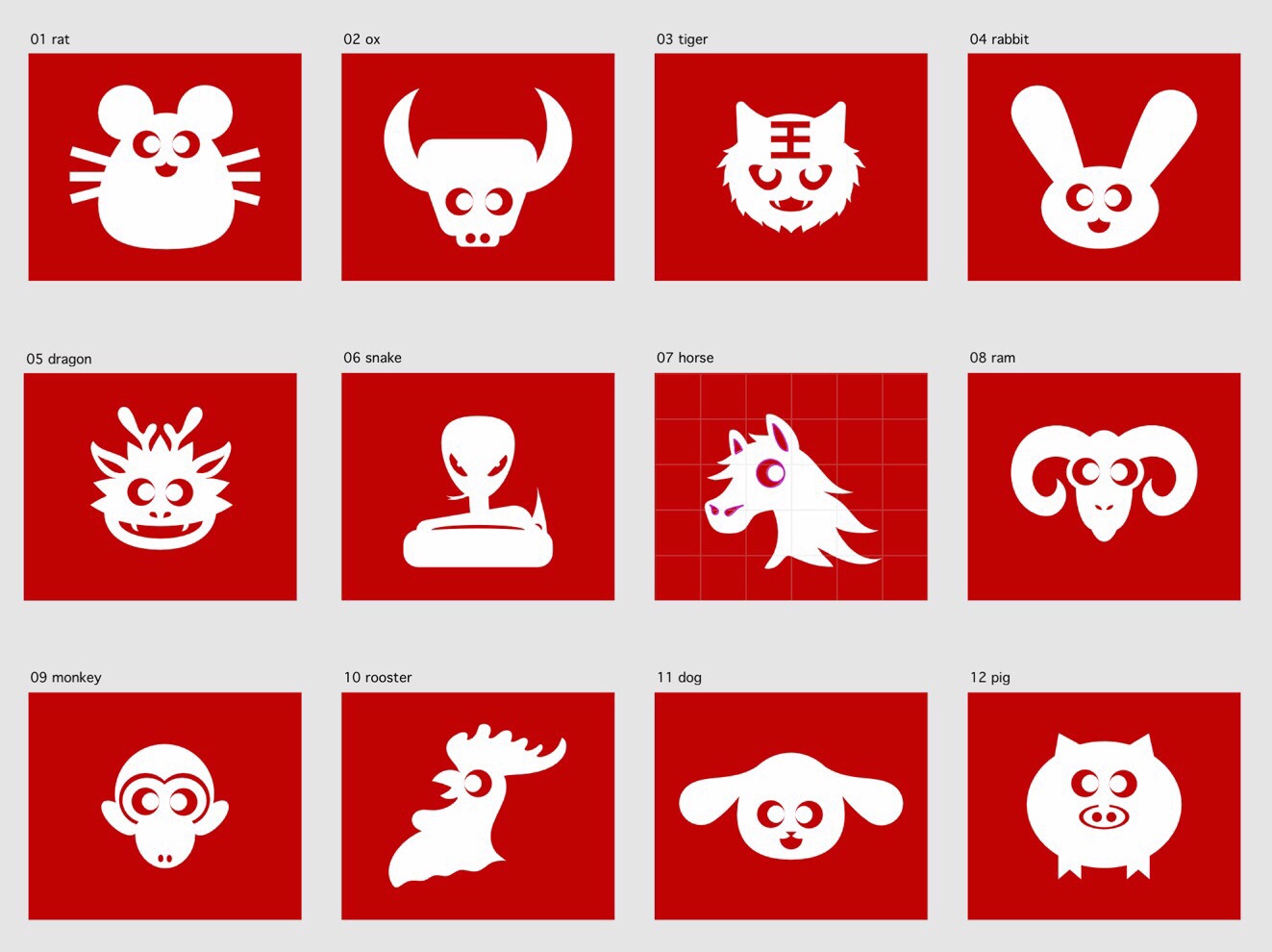
Sketchnotes and thoughts from a talk on JTBD framework.
Continue reading
In the event Design User Experience Driven by AI, Paul Lambert (Product Manager) and Annika Crowley (Interaction Designer) from Google gave us great talks on how Gmail designed the Smart Compose feature, and five strategies to create great user experience with AI (see sketchnotes).
Continue readingContinue readingWhen prototyping, always try wackier/quirkier stuff first. The deeper you get into a project, the more conservative it tends to get. Stranger ideas are more at home earlier in the process. Jason Fried

This is the third year in a row that I hosted a craft event in my company, in celebration of the Lunar New Year. We had such a fun time!
Continue readingHere’s a presentation I gave to my coworkers in a brown bag session. It’s a while ago, but still holds true. My goal was to help all of us better understand accessibility, its impact for users as well as how we could better build our software for users who have disabilities.
Continue readingBehzod shared a 4-step research framework on how to decide on what/how to research: DECISION -> EVIDENCE -> DATA -> APPROACH.
Continue readingOut of all the different types of card sorting I’ve learned, this modified Delphi card sorting method is the most interesting one.
Continue readingAs designers, our intuition and judgement take a big part when it comes to evaluating our own design ideas.
Sometimes, I kill ideas when they’re still in my head.
The problem with that is several fold.
Continue readingHow to expand your design explorations? How not to explore just “safe” design options?
Continue reading